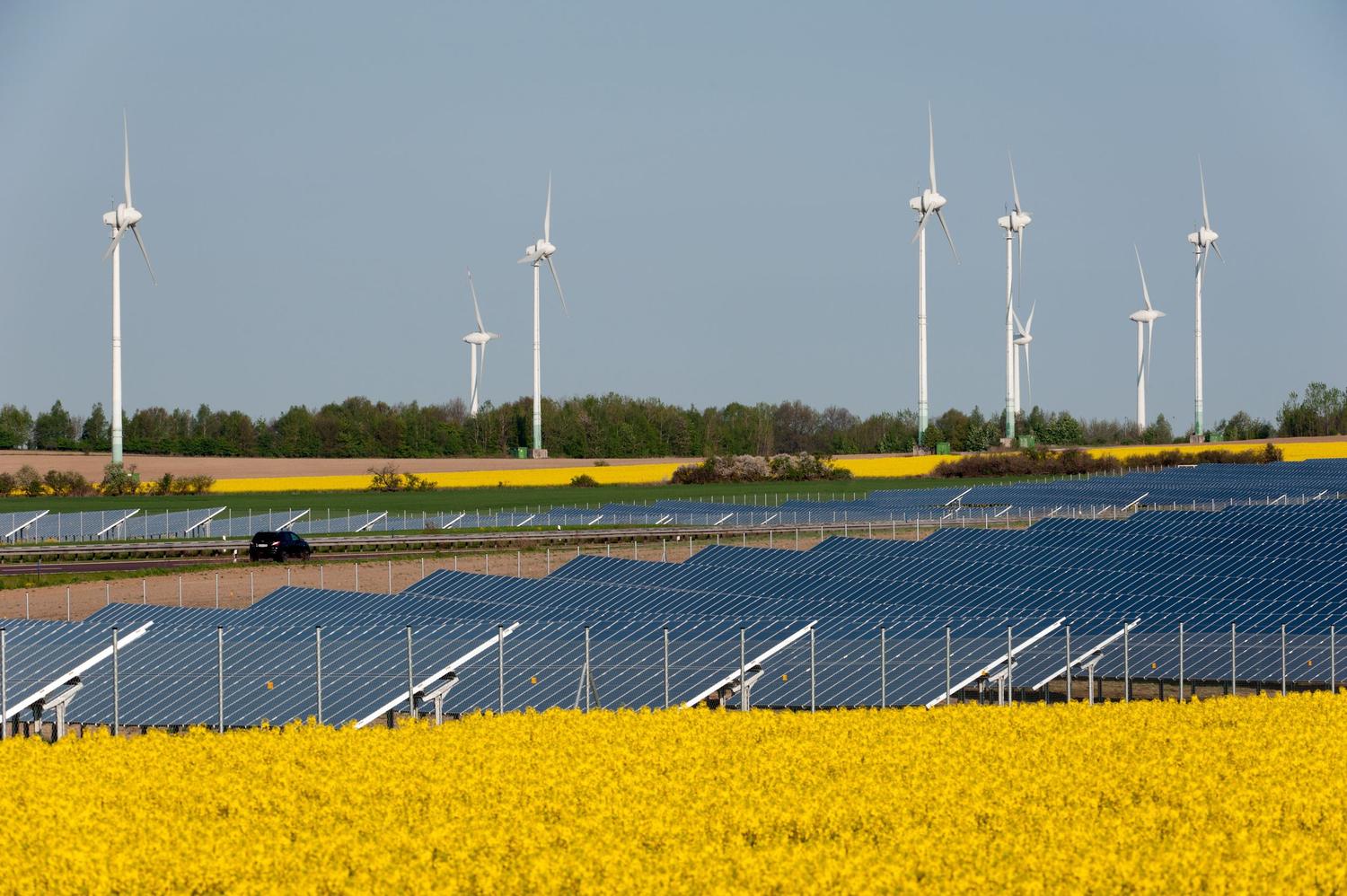“Technology forcing is a regulatory strategy that establishes currently unachievable and uneconomic performance standards to be met at some future point in time. ... Basically, technology forcing sets regulatory standards and provides incentives for achieving the standards or disincentives for not achieving them.”
The Administration’s more ambitious INDC targets net zero CO2 emissions from all sectors of the US economy by 2050 would require the replacement of all existing residential and commercial end uses of coal, oil, natural gas, propane and other combustible hydrocarbon gases by electricity or biofuels.
In the residential and commercial markets, all oil and gas furnaces, boilers and water heaters would be required to be replaced with electric equipment, as would all fossil-fueled ranges, ovens, laundry dryers and outdoor grills. Emergency generators would be replaced by biofuel generators. A ban on the sale of fossil-fueled appliances and equipment effective in 2030 would likely result in “aging out” all existing equipment by 2050.
In the industrial markets, all production equipment and processes would also have to be replaced by electric alternatives, where possible. At present, there are numerous industrial processes for which no electric alternatives exist, for example in iron, steel and cement production. These processes would require application of equipment level carbon capture and storage (CCS) or equivalent CO2 removal from the atmosphere. CCS is not currently economically viable even at multi-megawatt scale. CO2 removal from the atmosphere is not available, no less economical, at any scale. Emergency generators would be replaced by biofuel generators while on-site generation might be provided by modular nuclear generators.
The transportation market would require comprehensive electrification or offsets provided by CO2 removal from the atmosphere. Electric vehicles are currently available for personal and light commercial applications, but are not economical and require significant incentives to support the market. Their higher cost is largely the result of the cost of the batteries required to provide acceptable vehicle operating range. Vehicle range is currently limited, restricting their use to local travel and commuting. This is coupled with limited availability of vehicle charging stations, which results in “range anxiety” and reduces vehicle appeal.
Electric buses are available for a variety of uses, but are also subject to battery-based range limitations. The Administration is currently focusing on school bus conversions, since school buses have more limited range requirements than transit buses and can conveniently be recharged between morning and afternoon operating schedules. The Administration plans to provide significant incentive funding for these school bus conversions.
Trucks large enough to require their operators to have commercial drivers’ licenses are not currently available with electric drive trains. The largest of these vehicles typically have operational weight restrictions and their net carrying capacity would be reduced by the incremental weight of the large battery systems required to provided needed range.
The application of electric motor drive in the railroad industry has a long history for passenger rail, though not for the far higher demand freight rail segment. Biofuel operation is also a possibility for freight rail.
Finally, aircraft would either require biofuels or offsetting CO2 removal from the atmosphere.
Note that the various potential applications of biofuels would require a major expansion of biofuel production, as well as the land area dedicated to the growing of the biofuel feedstocks. Note also that the various potential applications of electricity to replace fossil fuels would require major expansion of existing US generation, transmission and distribution capacity, as well as the installation of massive grid-scale electricity storage to compensate for the intermittent nature of solar and wind generation.
